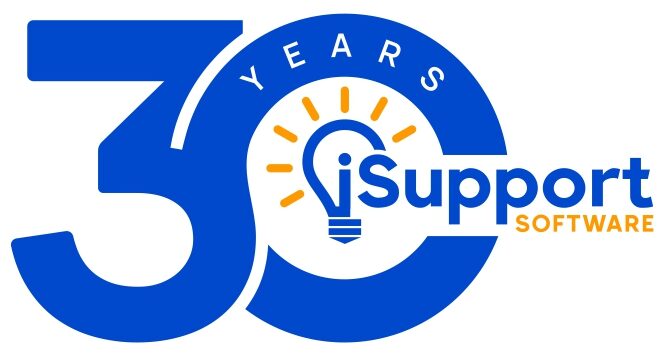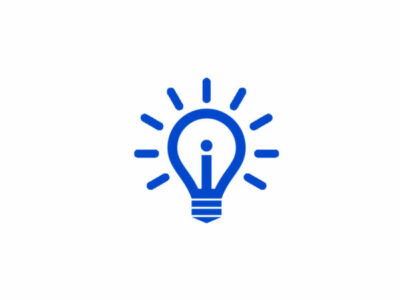 Working in IT support can sometimes be a thankless task. Those who work in the industry do so because they are knowledgeable IT experts, but by definition the job involves spending a large amount of time dealing with those who know little or nothing about computers or how they work.
Working in IT support can sometimes be a thankless task. Those who work in the industry do so because they are knowledgeable IT experts, but by definition the job involves spending a large amount of time dealing with those who know little or nothing about computers or how they work.
It may be entirely dependent on the nature of the company or even individual departments, but it’s likely IT support professionals will encounter a number of recurring issues which can be fairly quickly and easily solved. This can be a painful experience for IT support, but there are ways to minimize the amount of time spent dealing with such issues while at the same time improving the service provided to the end users.
Efficient Ticketing and Automation
The first important step for any IT support department is to use a ticket system. Most large companies should already have this in place, as it’s the best way to deal with a large number of requests while ensuring that everyone receives the help they need in a timely fashion. Typically, ticket systems also send out automatic responses to let people know their issue is being looked at and provide a number to track their issue.
For smaller companies that may not require a dedicated ticket system, it’s wise to set up a an email account solely for IT help. This can also be configured to send an automatic response to new emails, meaning the end user is always kept in the loop.
The automation provided by a ticket system or dedicated email address can go a long way in ensuring that IT support professionals send fewer emails. Another key point in this respect is to be as detailed as possible when asking for information. It’s all too common that an email thread containing many emails with one piece of information each can take up hours of time, when one well- written, exhaustive email could answer all of the same questions at once. It’s vital for IT support that they can spend more time working on solutions and less time sending emails.
Appropriate Documentation
As well as providing real-time support for end users, it’s also important that IT departments offer helpful documentation in the form of FAQs or support guides. It’s possible that this documentation can answer questions before a user ever feels the need to contact support. At the same time, a page detailing widespread known issues is a good way to show a user that these issue are being looked into, and would hopefully cut even more email traffic from reaching the IT department.
Another method of cutting down on simple recurring requests employed by some large companies is to introduce a forum. As the tech savviness of a large company’s users will vary wildly, it’s often the case that those more accomplished with IT will be willing to help others. A forum could provide free help from those who have already experienced the same issue, thus saving the IT department from dealing with the same issues over and over again.
Set Realistic Timeframes
When dealing with needy users, it is also good practice to provide a reasonable time frame for dealing with their issue. Even if this is only an estimate, it will assure the user that their issue is important while at the same time allowing some breathing space. A time frame, coupled with a trackable ticket number or automated response, will likely stop the user from sending further emails before you have had a chance to look at their issue.
As with any part of a business, if you want to improve the service you offer, it’s a good idea to seek feedback. Once an issue has been dealt with successfully, either asking the user what they thought of the service provided or offering them a form to fill in can point to great ideas for further improvements and better ways to deal with repeat customers.
Due to the varied nature of the clientele and, depending on the size of the company, the plethora of software and hardware combinations, it’s unreasonable to expect that an IT support professional will never see the same issue twice. With the right mixture of preemptive documentation and thoughtful use of systems, the amount of time wasted dealing with recurring issues can be greatly reduced, leaving IT teams to concentrate on their work more efficiently.
Share your thoughts
Minimizing time spent on repetitive tasks can make a surprisingly positive impact on your overall work day. Do you have any tips or advice on minimizing recurring issues in the workplace? We’d love to hear them; get in touch on Twitter or Facebook!


